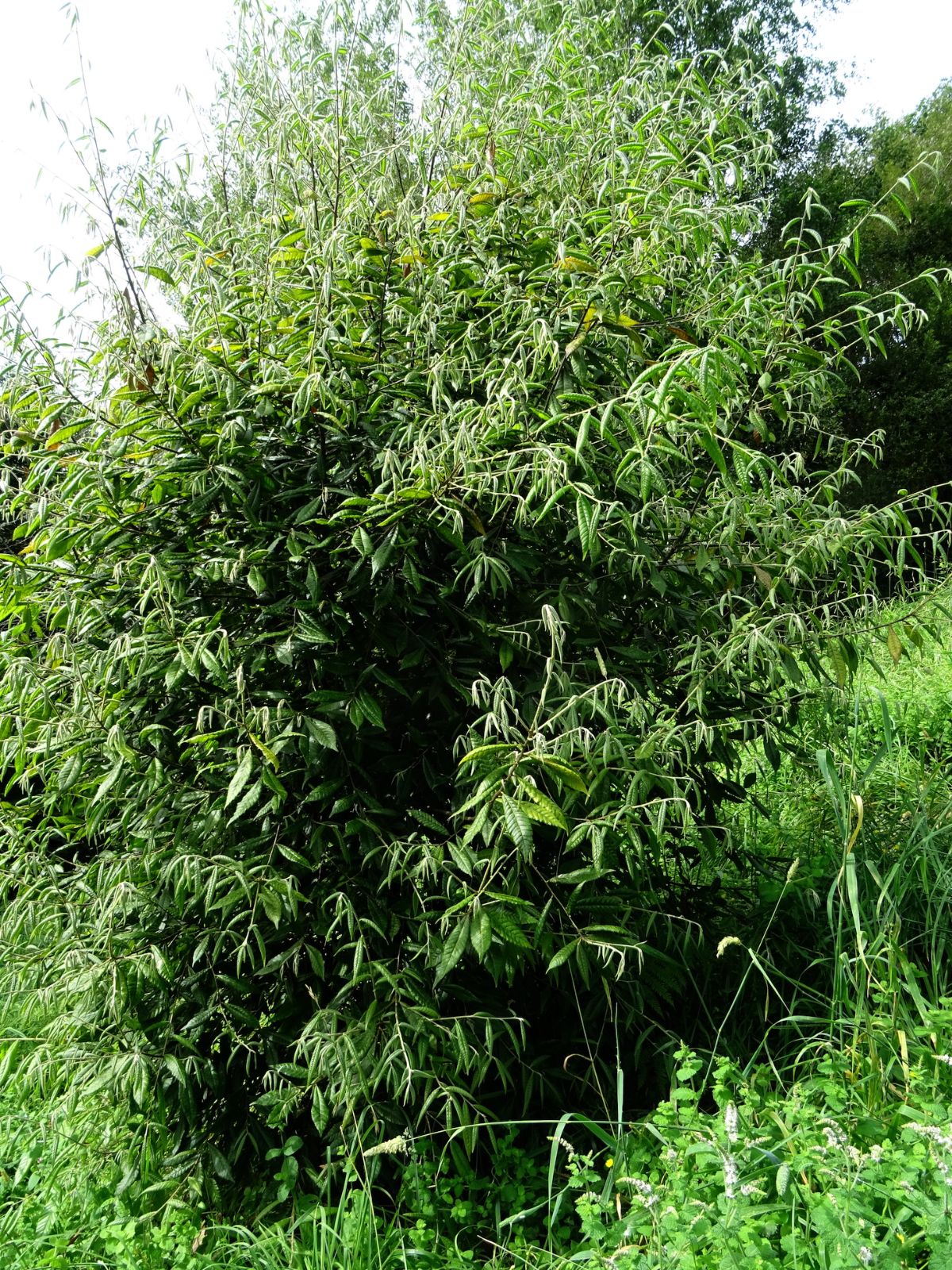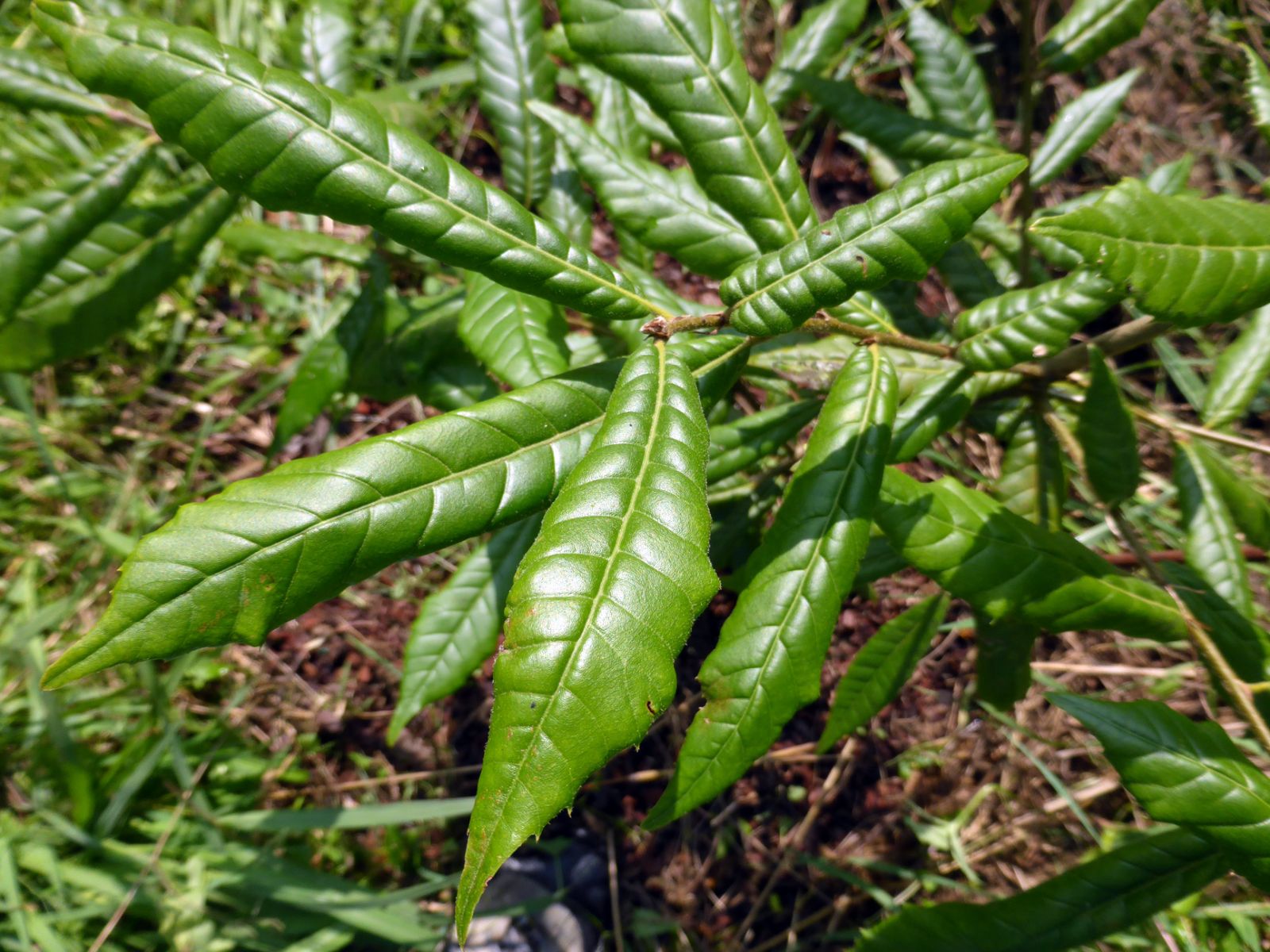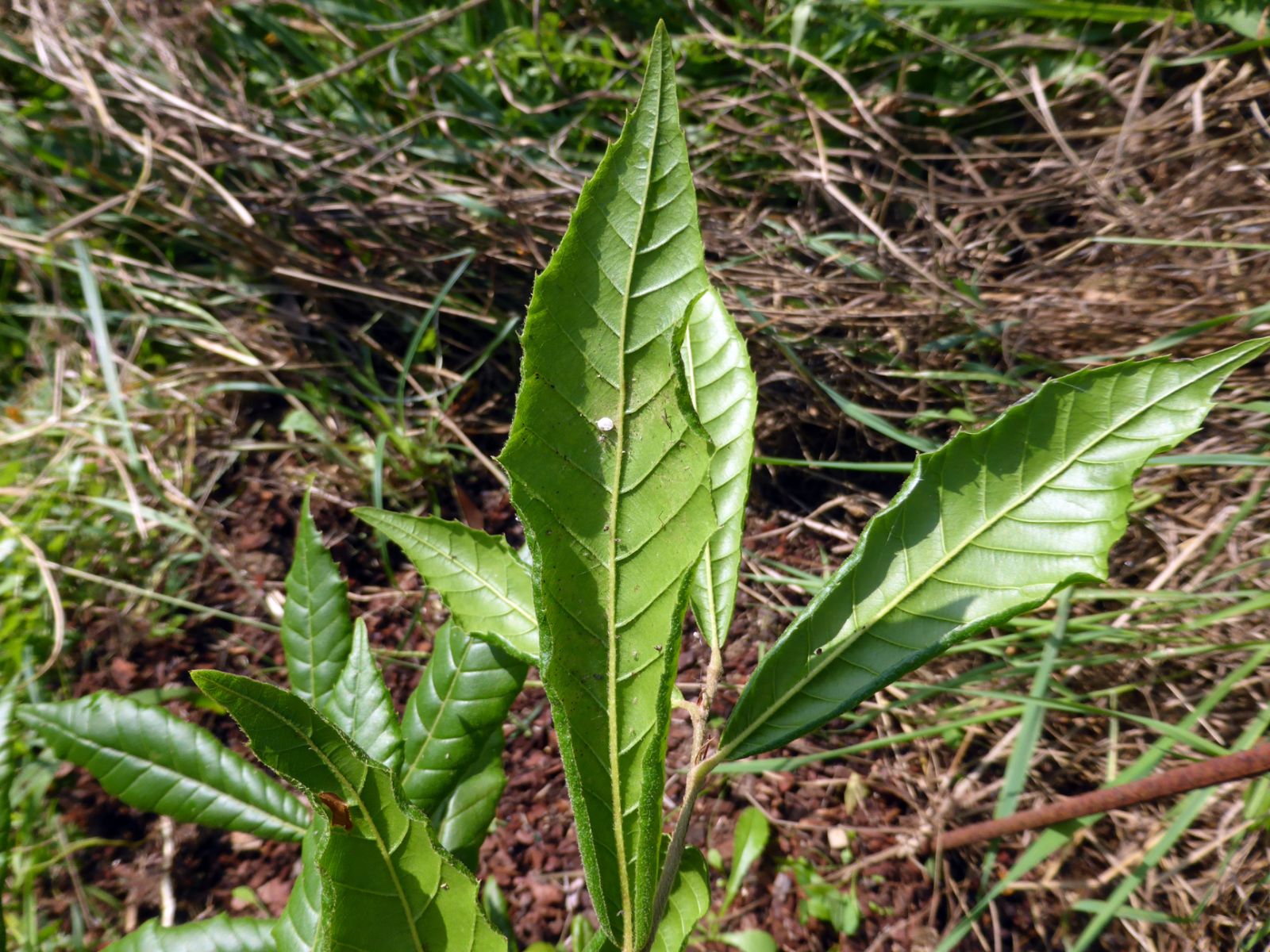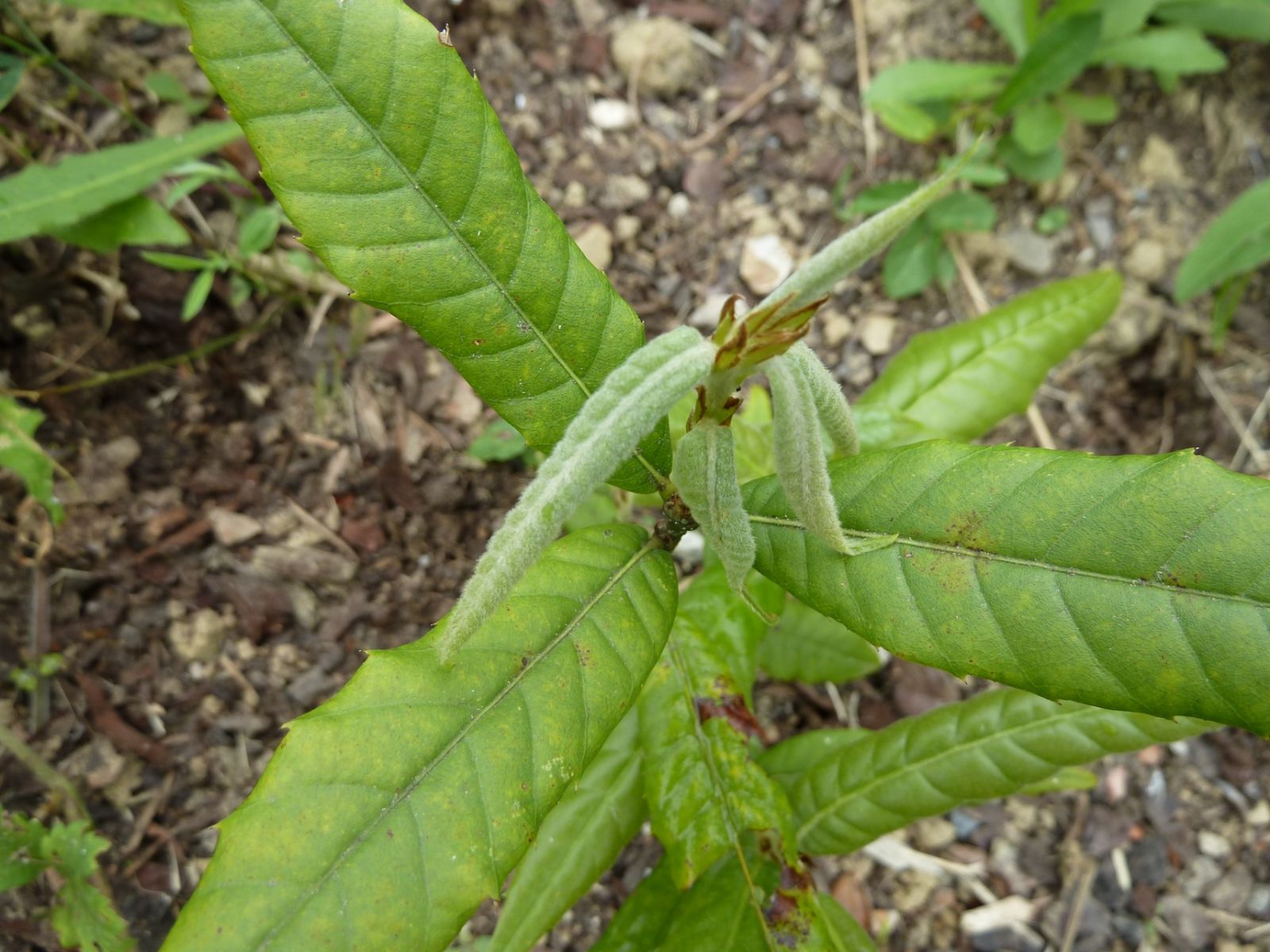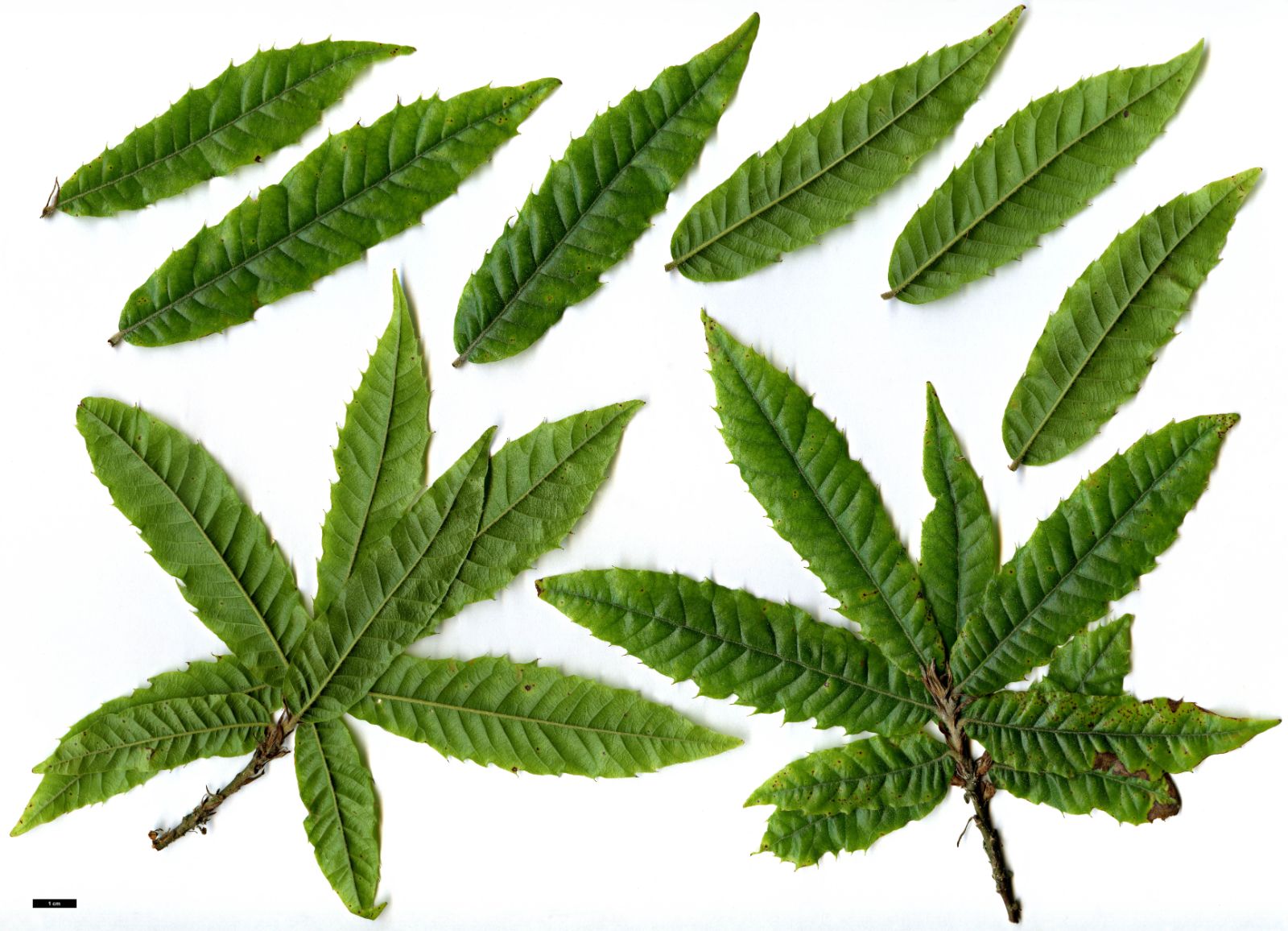Quercus tungmaiensis
Sponsor
Kindly sponsored by
The Trees and Shrubs Online Oak Consortium
Credits
Allen Coombes & Roderick Cameron (2021)
Recommended citation
Coombes, A. & Cameron, R. (2021), 'Quercus tungmaiensis' from the website Trees and Shrubs Online (treesandshrubsonline.
Genus
- Quercus
- Subgen. Cerris, Sect. Ilex
Other taxa in genus
- Quercus acerifolia
- Quercus acherdophylla
- Quercus acrodonta
- Quercus acuta
- Quercus acutifolia
- Quercus acutissima
- Quercus afares
- Quercus affinis
- Quercus agrifolia
- Quercus alba
- Quercus aliena
- Quercus alnifolia
- Quercus aquifolioides
- Quercus arizonica
- Quercus arkansana
- Quercus aucheri
- Quercus augustini
- Quercus austrina
- Quercus × auzendei
- Quercus baloot
- Quercus bambusifolia
- Quercus baronii
- Quercus bicolor
- Quercus brantii
- Quercus buckleyi
- Quercus canariensis
- Quercus canbyi
- Quercus candicans
- Quercus castanea
- Quercus castaneifolia
- Quercus cerris
- Quercus chenii
- Quercus chrysolepis
- Quercus coccifera
- Quercus cocciferoides
- Quercus coccinea
- Quercus conspersa
- Quercus crassifolia
- Quercus crassipes
- Quercus delavayi
- Quercus dentata
- Quercus deserticola
- Quercus dolicholepis
- Quercus douglasii
- Quercus dumosa
- Quercus durifolia
- Quercus eduardii
- Quercus ellipsoidalis
- Quercus emoryi
- Quercus engelmannii
- Quercus engleriana
- Quercus euboica
- Quercus eugeniifolia
- Quercus fabri
- Quercus faginea
- Quercus falcata
- Quercus floribunda
- Quercus frainetto
- Quercus franchetii
- Quercus fruticosa
- Quercus fusiformis
- Quercus gambelii
- Quercus garryana
- Quercus geminata
- Quercus georgiana
- Quercus germana
- Quercus gilliana
- Quercus gilva
- Quercus glabrescens
- Quercus glauca
- Quercus graciliformis
- Quercus gravesii
- Quercus griffithii
- Quercus grisea
- Quercus guyavifolia
- Quercus hartwissiana
- Quercus hemisphaerica
- Quercus × hispanica
- Quercus hondae
- Quercus hypargyrea
- Quercus hypoleucoides
- Quercus ilex
- Quercus ilicifolia
- Quercus imbricaria
- Quercus incana
- Quercus infectoria
- Quercus insignis
- Quercus ithaburensis
- Quercus kelloggii
- Quercus × kewensis
- Quercus kiukiangensis
- Quercus laceyi
- Quercus laevis
- Quercus lamellosa
- Quercus lanata
- Quercus lancifolia
- Quercus laurifolia
- Quercus laurina
- Quercus × leana
- Quercus leucotrichophora
- Quercus × libanerris
- Quercus libani
- Quercus lobata
- Quercus lobbii
- Quercus lodicosa
- Quercus longinux
- Quercus longispica
- Quercus look
- Quercus × ludoviciana
- Quercus macranthera
- Quercus macrocalyx
- Quercus macrocarpa
- Quercus macrolepis
- Quercus marilandica
- Quercus mexicana
- Quercus michauxii
- Quercus mongolica
- Quercus monimotricha
- Quercus montana
- Quercus morii
- Quercus muehlenbergii
- Quercus myrsinifolia
- Quercus myrtifolia
- Quercus nigra
- Quercus × numidica
- Quercus oblongifolia
- Quercus obtusata
- Quercus oglethorpensis
- Quercus oxyodon
- Quercus pagoda
- Quercus palmeri
- Quercus palustris
- Quercus pannosa
- Quercus parvula
- Quercus petraea
- Quercus phellos
- Quercus phillyreoides
- Quercus planipocula
- Quercus poilanei
- Quercus polymorpha
- Quercus pontica
- Quercus prinoides
- Quercus pubescens
- Quercus pyrenaica
- Quercus rehderiana
- Quercus reticulata
- Quercus robur
- Quercus rotundifolia
- Quercus rubra
- Quercus rugosa
- Quercus rysophylla
- Quercus sadleriana
- Quercus salicina
- Quercus sartorii
- Quercus × schneideri
- Quercus schottkyana
- Quercus semecarpifolia
- Quercus senescens
- Quercus serrata
- Quercus sessilifolia
- Quercus setulosa
- Quercus shumardii
- Quercus sinuata
- Quercus spinosa
- Quercus stellata
- Quercus stenophylloides
- Quercus suber
- Quercus subspathulata
- Quercus tarokoensis
- Quercus tatakaensis
- Quercus texana
- Quercus tomentella
- Quercus trojana
- Quercus turbinella
- Quercus × turneri
- Quercus undulata
- Quercus utahensis
- Quercus utilis
- Quercus uxoris
- Quercus variabilis
- Quercus velutina
- Quercus virginiana
- Quercus vulcanica
- Quercus warburgii
- Quercus wislizenii
- Quercus xalapensis
Tree to 25 m or more with scaly grey-brown bark. Young shoots densely hairy becoming glabrous. Leaves thinly leathery, evergreen, to 20 × 4.5 cm, lanceolate to oblong-lanceolate, taper-pointed at the apex, rounded at the base with as many as 20 pairs of lateral veins, impressed above and prominent beneath, at least on young plants. The margin is spine-toothed, particularly on juvenile plants; on mature plants toothed only towards the apex, or entire. Downy above and revolute at first, becoming glabrous and glossy green when mature. The lower side of the leaf (in the Rushforth collection) is glabrous even when young, with persistent hairs on the veins. Petiole to 1.5 cm, very short on juvenile plants, tomentose when young, later glabrous. Infructescence to 15 cm long with several cupules. Cups hemispherical, to 1.2 cm across, the grey tomentose appressed scales with a dark tip. Acorns ovoid, to 1.5 × 1.2 cm, about half enclosed in the cup and ripening the first year. (Coombes & Zhou 2009; Deng et al. 2015)
Distribution China Xizang (Tibet)
Habitat Mountain forests and ravines
USDA Hardiness Zone 7
Conservation status Endangered (EN)
Taxonomic note Quercus tungmaiensis has long been confused in literature with the quite different Q. lanata and Q. leucotrichophora. This error was first noticed by Allen Coombes who identified a plant of the Rushforth collection at Chevithorne Barton as Q. tungmaiensis (Coombes & Zhou 2009) and later by Deng et al. (2015). It is closely related to Q. engleriana.
Introduced to the UK by Keith Rushforth (KR 5765) from 25–30 m trees growing at 2100–2200 m at Pome (Bomi), Tibet, not far from the type locality at Tongmai. Tom Hudson propagated this plant from cuttings. One of these had reached about 5 m tall at Tregrehan in 2020 (T. Hudson pers. comm.) while another, at Chevithorne Barton, was 6.3 m × 10.2 cm in 2020 (J. MacEwen pers. comm.). At White House Farm, Kent, it was 5 m × 5 cm in 2019 (Tree Register 2020).
This species has also been introduced from Arunachal Pradesh, NE India, such as Jean Merret 39 collected in 2008 and grown at the Iturraran Botanical Garden, Spain, and a plant cultivated by Jacky Pousse in France. A collection from NW Yunnan close to the Myanmar border at the Sir Harold Hillier Gardens seems to belong here. It is also grown at Arboretum Trompenburg in the Netherlands.
Described in 1966. Named after Tung-mai (Tongmai), in Tibet, where the holotype was collected (Coombes & Zhou 2009).


